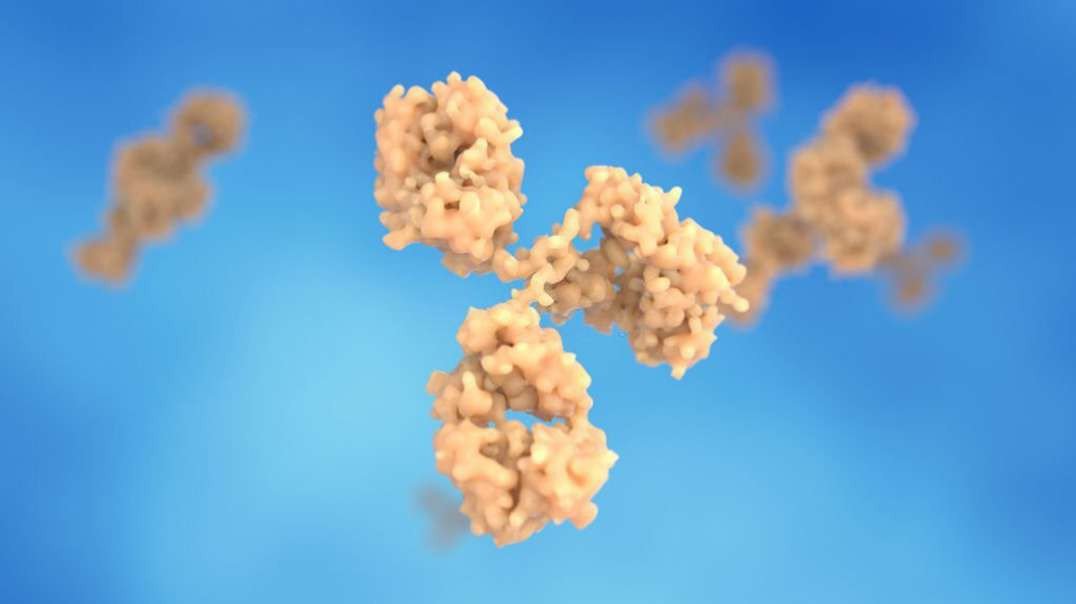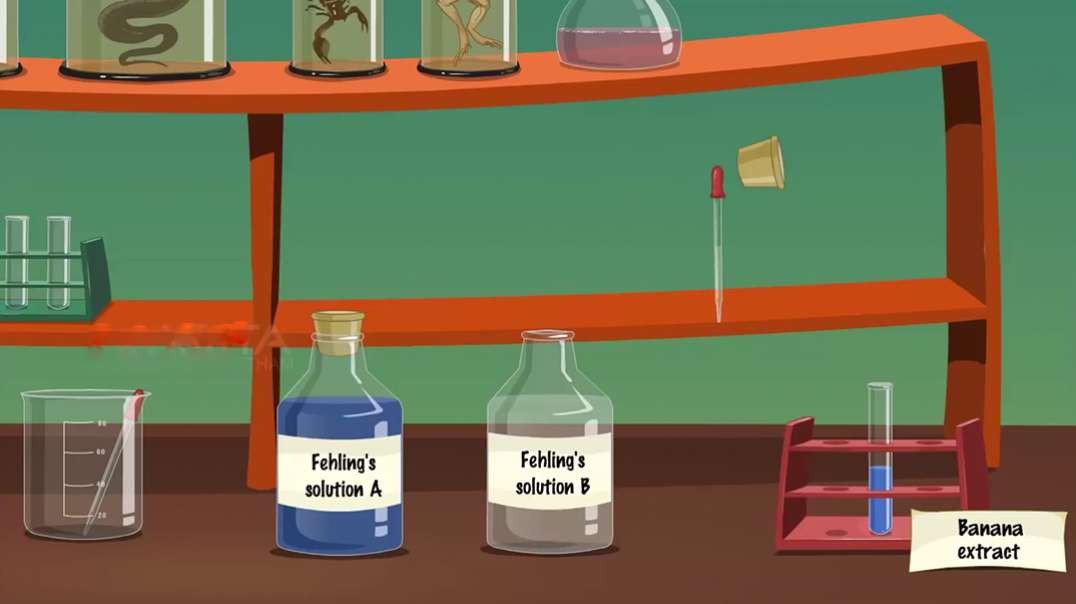
:
Proteins
SCIENCE ANIMATION TRANSCRIPT: So far we've covered two of the organic macromolecules: carbohydrates and lipids. Today, we'll be talking about proteins. Proteins have many uses. For example, many different proteins are used to form the majority of various body tissues including muscle, bone, cartilage, and hair. Other proteins form specialized channels in cell membranes to let certain substances into or out of the cell. Immunoglobulins, also known as antibodies, are made of proteins. They are an important part of the immune system. Antibody proteins label foreign substances in the body so that the immune system can identify and destroy them. And all living organisms use regulatory proteins called enzymes to speed up chemical reactions in the body. So what are proteins made of? Well, all proteins are organic macromolecules, which means they're large molecules containing the element carbon. Like carbohydrates and lipids, proteins also contain hydrogen and oxygen. In addition, proteins also contain the element nitrogen. So what is the structure of proteins? Well, the protein building block, or monomer, is something called an amino acid molecule. Every amino acid has a particular structure. They all have the same amino group on one side and a weak acid called a carboxyl group on the other. But each amino acid also has a unique side chain called an R-group. It's made up of one or more atoms that distinguish one amino acid from another. There are only 20 possible different R-groups, so that means there are only 20 possible different amino acids. A protein is created when amino acids chemically bond to each other. The bonds that connect amino acids to make a protein are called peptide bonds. Small protein molecules are sometimes referred to as protein polymers or peptides. Like interconnecting toy blocks, amino acids can join together to form even longer protein polymers called polypeptides. Changing the order of the amino acid sequence or the length of the polypeptide is what creates countless different proteins. In addition, a protein's final folded shape is critical to the function it performs. Heat or chemicals can change a protein's shape but not its amino acid order. However, the change in a protein's shape can cause the protein to lose its functionality. This is called denaturing a protein. Denaturing is usually not reversible. An example of denaturing a protein happens when you fry an egg. Egg whites are pure protein. If you heat an egg, the protein in the egg white becomes denatured. You can see the result of this denaturing as the egg white changes from a clear-colored liquid to a white-colored solid. Even after cooling, the egg whites' denatured proteins can't change back to their original shape. So the egg white retains its opaque white color and solid form. To sum up, proteins are organic macromolecules containing carbon, hydrogen, oxygen, and nitrogen. Enzymes, most body tissues, and many cells in the immune system are all made up of proteins. Amino acids are the monomers that make up proteins. There are only 20 different amino acids. Small protein polymer molecules are often called peptides. Long chains of amino acids are also a type of protein polymer called polypeptides. Proteins differ in amino acid sequence, polypeptide length, and folded shape. A protein's folded shape is critical to its function.
